I remember walking about one of Lisbon’s cobbled streets with my dad, many years ago. We came up to a gentleman selling Borda D’Água, an old almanac created in the 1920s. I wondered what sort of use could somebody living in Lisbon have for a farming calendar and other agricultural tidbits. Apparently, alfacinhas (the nickname given to Lisbon residents, literally meaning lettuces) are indeed interested in agriculture because, to this day, the old almanac is still sold on Lisbon’s streets, virtually unchanged.
Maybe we need the almanac to plant lettuces on all those urban vegetable gardens that are popping up all around the city. The truth though is that there’s a lot I don’t know about Lisbon, the city where I was born and currently live on. Nevertheless, given that this blog is filled with stuff we blabber on about after visiting a place for just a few days, I should be able to say something meaningful about the city I lived for more than 12 years now.
I’ll leave you with 12 accounts and 12 pictures from these 12 years in Lisbon and its surroundings, each one titled with the monthly popular saying of this year’s edition of Borda D’Água. Translating those wonderful rimes to English has proven to be an unsurmountable challenge, my deepest respect to translators and humble apologies to our readers!
August – “Em Agosto, toda a fruta tem o seu gosto” – “In August, all fruit has its taste”
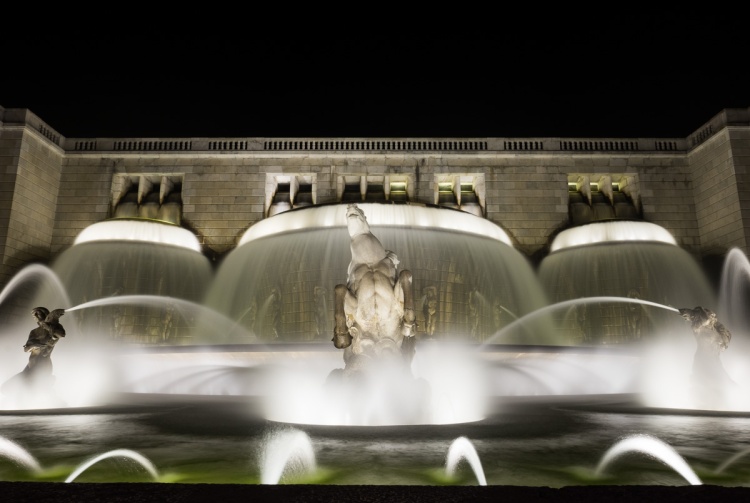
I was born in August. In those warm summer evenings my parents would take me to Fonte Luminosa, a majestic fountain built in the 1940s to celebrate the regular supply of water to the oriental part of Lisbon. Built during the fascist dictatorship that ruled Portugal till 1974, both the fountain and the imposing lawns in front of it had a bit of a bad rep, but for a growing kid they represented nothing more than incredible places to run around. I remember peeking through the doors that hid the machinery used for the water and light shows, and thinking how great it would be to visit them. That’s actually possible since 2012 but, despite living very close to the fountain, I have not yet visited it. The almanac would scold me for “em casa de ferreiro, espeto de pau” (“the shoemaker’s son always goes barefoot”).
September – “São Miguel das uvas, tarde vens e pouco duras” – “Saint Michel of the grapes, late you come and little you stay”

I lived in many different places, but always in cities. Jules’ parents are from Ponte de Sor, a small town one and a half hours from Lisbon, and have introduced me to the privilege of having a ground floor perspective on things. Jules’ father produces a small batch of wine every year and I, as one of its main consumers, feel obligated to participate in the wine making process. It’s hardly a chore though. Over a weekend sometime in September, the whole family gets together to harvest the grapes. Early morning, spread across the vineyard small clusters form around each vine. Efficiency is hardly the goal: given the large number of helpers and the modest number of vines, there’s ample opportunity for both grape picking and chatting.
October – “Semeia e cria, terás alegria” – “Plant and create, joy it will bring”
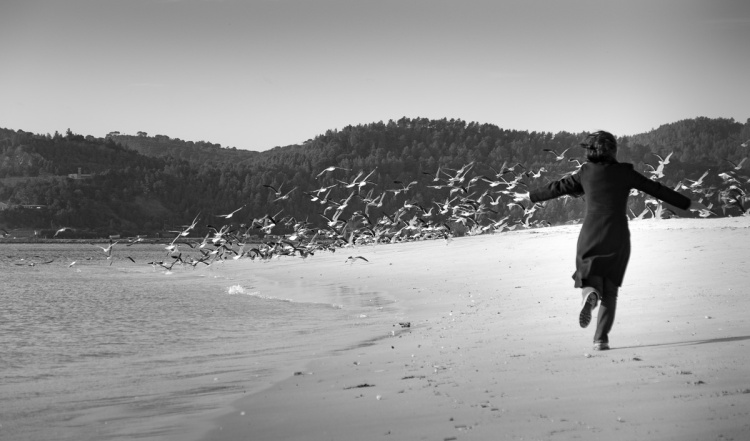
Some 50km (30 miles) south of Lisbon lies Tróia, a narrow peninsula of unspoiled beaches and nature. Going there during the summer months will probably mean waiting a couple of hours in Setúbal for a free ferry boat. Going there on a sunny October morning is much nicer, as the growing cold has already chased off the crowds. There’s something magical about beaches during the winter: the vast empty sand, the flocks of seagulls, the hot cocoa on a windy esplanade. At the end of the day, the cold blue sky and the strips of clouds make up for a spectacular sunset.
November – “Pelo São Martinho deixa a água para o moinho” – “In Saint Martin’s Day leave the water for the mill”
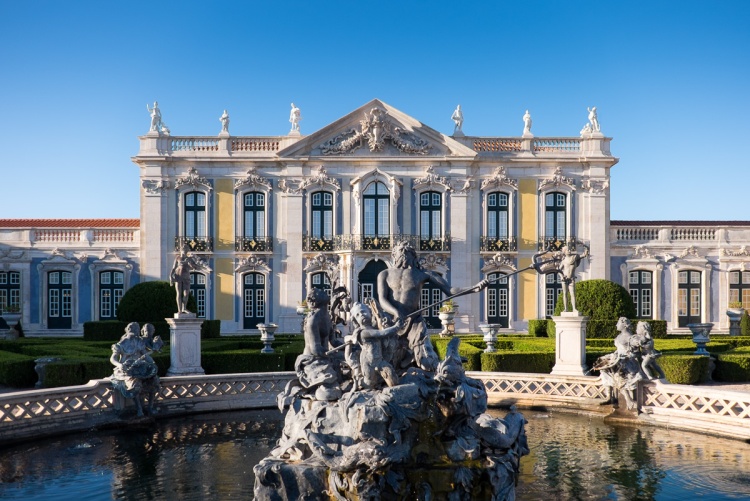
Some of these soundbites of popular wisdom are hard to grasp, even in the original Portuguese version. This one refers to Saint Martin, a day in November that usually brings warmer weather and the opportunity to taste the wine that was produced earlier in September. With only a couple of months of ageing, a French delicacy it is not, but the tasting serves to check if the year’s wine batch is going in the right direction.
Speaking of the French, a mere 15km (6 miles) north of Lisbon lies the Queluz Palace, a spectacular Rococo building from the 18th century. Originally intended as a summer retreat (when 15km away from Lisbon would still put you in the middle of nowhere), it became the official residence of the prince regent John VI when the Ajuda Palace in Lisbon burned down. The prince and his family lived there till 1807, when the French invasion forced them into exile to Brazil.
December – “Ande o frio onde andar, no Natal cá vem parar” – “Wherever the cold may roam, during Christmas it will come”
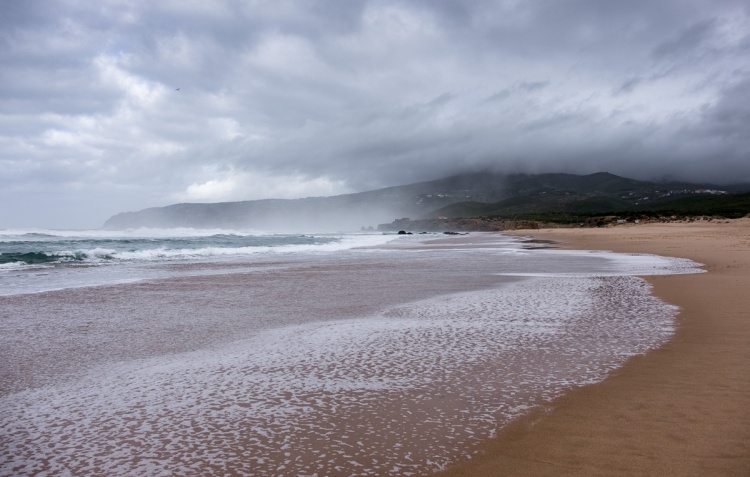
One of my warmest December memories (figuratively speaking) is getting up early on a Saturday morning and cycling up the coastal road that connects Lisbon to the northern beach of Guincho. Cars are few and far between and the Guincho beach, nestled between the early morning fog and the Sintra hills, is inhospitable but beautiful. Constantly hit by fierce waves and piercing winds, this beach is not a crowd favourite even in the summer months, with kite surfers frequently outnumbering beach going families.
January – “Quem em Janeiro lavrar, tem sete pães para jantar” – “Those who plough in January will have seven pieces of bread for dinner”
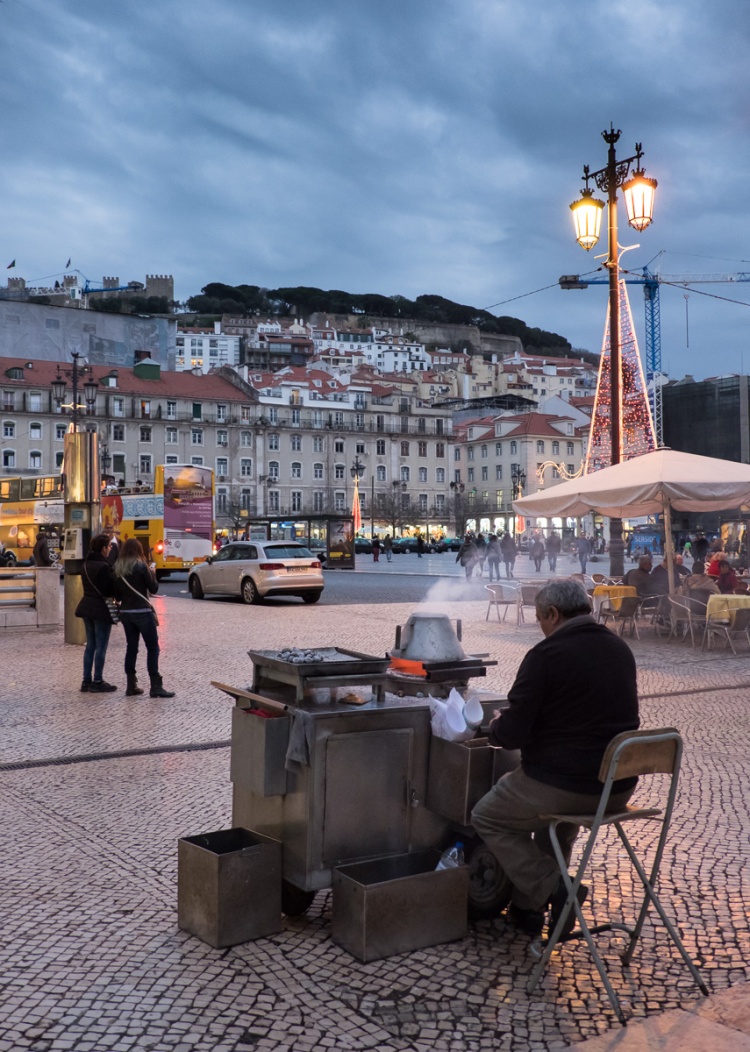
So far I haven’t mentioned any of Lisbon’s attractions that routinely make the ‘must-see’ lists of travel guides. There’s nothing wrong with them, quite the contrary. Most are not carefully curated and neatly kept tourist spots, but rather working parts of the city. Take Baixa, for instance, the old commercial district near the river, rebuilt after the 1755 earthquake and tsunami that destroyed most of Lisbon. After the Christmas shopping craze is over, January is a great time to stroll through the shops with a cone of hot roasted chestnuts bought from one of the many street vendors. “Quentes e boas” (“hot and tasty”), they all say.
February – “Em Fevereiro chuva, em Agosto uva” – “February rain brings August grapes”
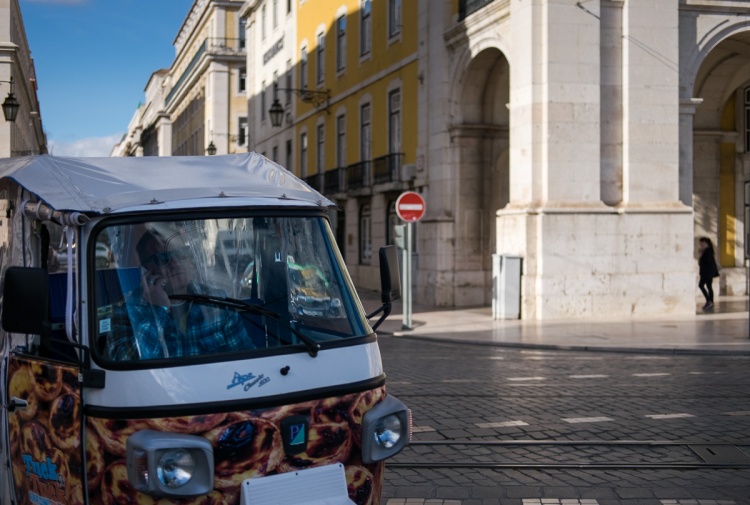
In the last few years Lisbon has become a very popular tourism destination. Baixa and Rossio, which not long ago were sketchy places to venture in the cover of a winter night, are now bursting with life all day long, all year round. This popularity brought some innovations that bewildered the locals, like the tuk-tuk. Tourists see them as a convenient way to visit the city, locals call them an imported concept that has nothing to do with Lisbon. They’re certainly foreign to the city, but I’m sure cars were also looked with suspicion in the early 20th century. Granted, custard pie themed tuk-tuks might be pushing a bit the boundaries of taste, but definately not those of practicality. In any case, my suggestion would be to walk: the city is small, the weather is forgiving and we locals are – apart from these pet peeves – nice folks.
March – “Páscoa em Março, ou fome ou mortaço” – “Easter in March brings famine or death”
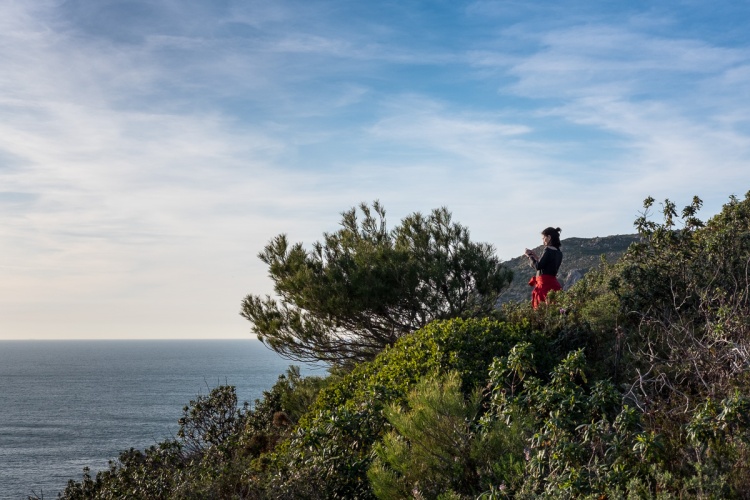
Despite the doomsday predictions of this saying, Easter this year was in March but brought no particular cataclysm. We did in fact take advantage of the increasing temperatures to go hiking with friends along Sintra’s narrow trails overlooking the ocean cliffs. Sintra, a quaint town 30 minutes from Lisbon, is best known for its castles and palaces. Those are indeed worth seeing, but hiking through the region’s hills all the way over to the ocean is even more memorable. The steepness and roughness of the trails are rewarded with solitude and spectacular views.
April – “É próprio do mês de Abril, as águas serem às mil” – “April showers bring May flowers”
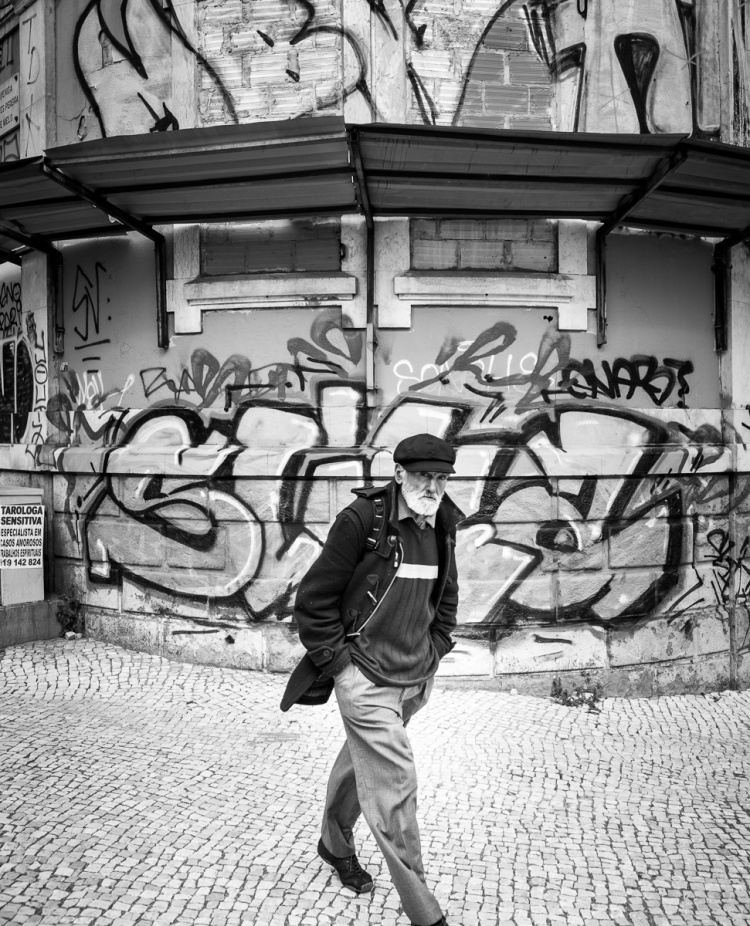
Almost one out of every ten buildings in Lisbon are vacant and in an advanced state of degradation, and no amount of April rain seems to wash away the problem. All over the city, beautiful centenary buildings are left to rot. Some of them, like the trio of old-charm residential buildings that take up a good chunk of the Fontes Pereira de Melo Avenue – Lisbon’s business district – have been painted over with award winning street art. An ingenious cover-up, but hardly a long-term solution. Like in most European capitals, the land value of these prime locations should be more than enough to justify renovating these buildings. This hasn’t happened for several reasons: multiple heirs that can’t agree on what to do with the building, overly complex permitting processes, real estate speculation, a preference for building new instead of renovating. There seems to be light at the end of the tunnel though: over the last years the increased tourism has driven demand and the city hall has taken steps to expedite the permitting of renovation works. Here and there, renovated buildings are starting to pop up, combining the charm of the old with the pragmatism of the new.
May – “Águas de Maio, pão para todo o ano” – “Water in May, bread for the entire year”
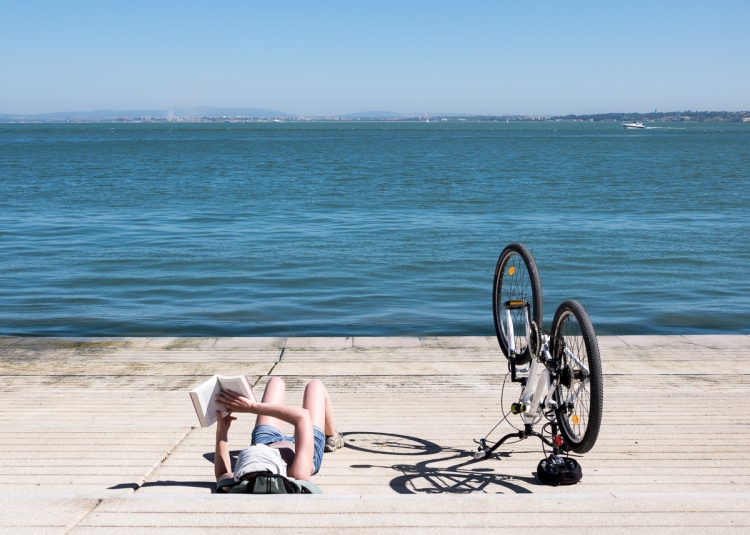
My first memories of the Tagus river are not particularly pleasant. When I was four or five years old, I would regularly cross the river with my mom to go to the doctor’s. I wasn’t particularly fond of the doctor nor the ferry boat ride. In the early 80’s, the view from Cais de Sodré was very different from what it is now. Standing just a few meters from the shore, the capsized Tollan – a large British container ship that collided with another boat and quickly sunk, killing four of its crew members – dominated the landscape. I don’t think I understood the concept of death by then, but just the idea of falling into those murky waters was absolutely terrifying. More than three years were needed to remove the sunken Tollan, making the ship’s name part of our lexicon (a ’tollan’ is someone hard to get rid of).
June – “Galinhas de São João, pelo Natal poedeiras são” – “Chickens born by Saint John’s will be laying eggs by Christmas”
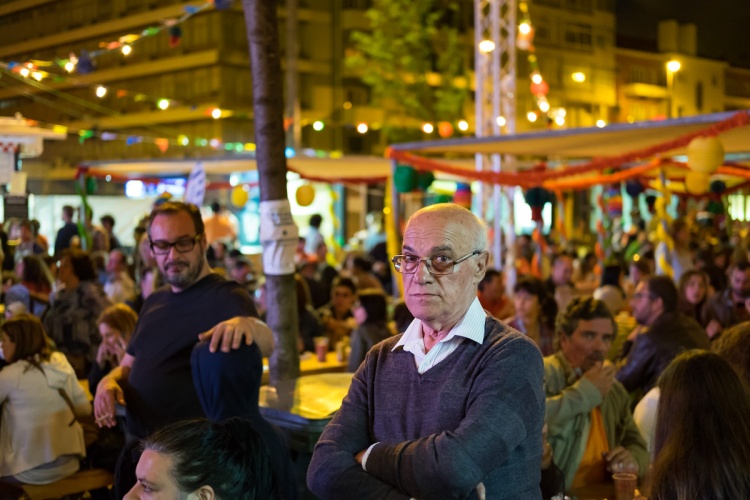
In June, Lisbon has no place for Saint John nor his chickens. The city lives for the Feast of Saint Anthony, a time to eat grilled sardines while watching the historical neighbourhoods competing for the best folk march (a sort of Rio de Janeiro Carnival with less scantily clad dancers). Sardines and folk marches are now bonded together and part of Lisbon’s identity, but they have very different origins. As the story goes, one day Saint Anthony was wondering through the shores of Rimini sometime in the 13th century (he was born in Lisbon but spent the later part of his life in Italy), depressed that the locals didn’t listen to his sermons. As a sign of respect, fish raised their heads above the water and listened to what Saint Anthony had to say. How we went from honouring those attentive fish to eating them in vast amounts is a bit less clear. Portuguese folk music and costumes, on the other hand, are of much more recent origin than they appear. These are mostly a product of the 1930s, devised by the ruling dictatorship as a way to unite the people around a national identity.
July – “Em Julho eu o ceifo e o debulho” – “In July I will reap and thresh”
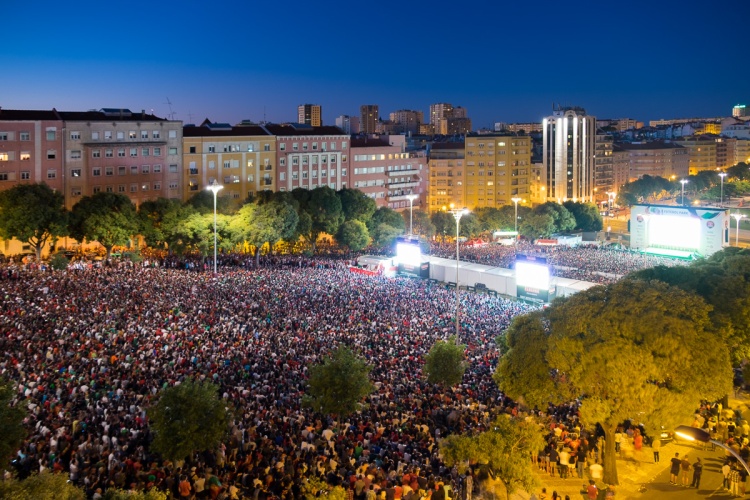
This year there was likely very little reaping and threshing going on in July. The entire country united around the flag to witness Portugal win the Euro Football Cup for the first time in its history. I’m not a football fan, but it was impossible not to be infected by the enthusiasm of the many thousands of fans cheering in front of the giant TV screen installed in front of our place. Against my wildest expectations, I even ended up writing about it.
Verne*
I left Lisbon just a few weeks ago, after my first visit (which was also my first visit to Portugal) and I miss it already. Thank you for such a lovely post and providing me with even more reasons to return – soon!
LikeLiked by 1 person
Thank you for reading! By the way, if you liked Sintra you’ll love the Southwestern coast too. Our latest post is about it, hope you can make it when you return to Portugal 🙂
LikeLiked by 1 person
Thanks for the tip, much appreciated.
LikeLiked by 1 person
After seeing your photographic album I want to visit Lisbon straight away! Great blog and great pictures! I also loved your posts about Japan, we were there in March and loved it, such an amazing place!
Enrica
LikeLike
Thank for reading Enrica! Hope you can make it to Lisbon, let us know if you have questions! In the meantime I went ahead and followed your blog: it’s almost dinner time after all 🙂
LikeLike
Brilliant – thanks for the stories! Brings back memories of our recent visit. Amazing city!
LikeLike
Thanks for reading! And thanks as well for the reference to Douglas Adams’ “so long and thanks for all the fish”, I’ll remember that the next time I talk about sardines and the Feast of Saint Anthony 🙂
LikeLike
Oh I would love you to be my guide should I ever come to Lisboa again. Love your blogs and your writing style. Ursula from Australia
LikeLike
Thank you Ursula, hope you can make it to Lisbon again before heading home to Down Under 🙂
LikeLike
No unfortunately not. Home on 23rd. After 9 months mostly hiking around Europe…..
LikeLiked by 1 person
Thank you for sharing these photos and stories with us! I have recently moved to Lisbon and I’m already fascinated with authenticity and warmness of this city. It’s so relaxing, beautiful and filled with friendliness.
LikeLike
Thank you for reading Lily! Hope you continue to enjoy Lisbon, and congrats on your unique path: Vietnam to Belarus to London to Lisbon 🙂
LikeLike
That was a delightful tour of your city. Thanks! Brick
LikeLike
Thank you Brick, hope you continue to enjoy your Camino!
LikeLiked by 1 person
All pics are nice. Interesting read.
LikeLike
Thank you very much! 🙂
LikeLike
I had the Camino experience two years ago. In love with Portugal. Really interesting stories. Thank you Jules and Verne. 🙂
LikeLike
Our pleasure, thank you for reading Prashant! 🙂 – Verne
LikeLiked by 1 person
Portugal such a great country, I supported you at Euro 2016 🙂 My favorite city Lisboa – Benfica-Sporting-Belenenses yes memories
LikeLike
Ah, the Euro 2016! We got to see Ronaldo and the rest of the team celebrating right in front of our place 🙂 https://julesvernex2.com/2016/07/20/the-faces-of-the-euro-2016/
LikeLiked by 1 person
Lisbon is on my short-list for travel destinations next year. After reading your posts about Portugal, I am so excited to learn more about this beautiful country! 🙂
LikeLike
That’s great to hear Tannia! Give us a shout if you have any questions about your trip to Portugal 🙂 – Verne
LikeLike
I’m going to add this to my latest post on Lisbon 🙂 Great photos, great stories!
LikeLike
Thanks Namie! Hope you can make it back to Portugal soon, give us a shout if you have any questions 🙂 – Verne
LikeLike
Such an awesome article! Beautiful photos too! Makes you close your eyes and smell the roasted chestnuts on the streets 🙂 Thank you for the great feeling
LikeLike
Thank you Dacian! It took us a long time to write about our home town, but we finally did it 🙂 – Verne
LikeLiked by 1 person
Interesting article and nice pics :). Thank you!
LikeLike
Thank you, and thank you for reading! 🙂 -Verne
LikeLiked by 1 person
It was a real pleasure :).
LikeLiked by 1 person
What a beautiful post! I love how you have paired your personal stories with idioms from the Borda D’Água. Truly evocative, the kind of stories I like to read before I depart for a destination. Wish I had read this before I travelled to Portugal. No matter…..I’ll be going back 🙂
Wishing you a year filled with happy adventures!
LikeLiked by 1 person
Thank you, Madhu!
Glad you’re coming back to Portugal, do let us know if you have any questions 🙂
– Verne
LikeLike
que maravilha, belas fotos e ideias a mostrar a minha (nossa) cidade 🙂 abraço e boas viagens, PedroL
LikeLiked by 1 person
Obrigado Pedro! Temos que fazer uma sequela a estas 12 histórias, temos uma carrada de fotos que vamos tirando por Lisboa que gostávamos de mostrar 🙂
– Verne
LikeLiked by 1 person
🙂
LikeLike
❤ this
LikeLiked by 1 person
Thank you for reading!
– Verne
LikeLike